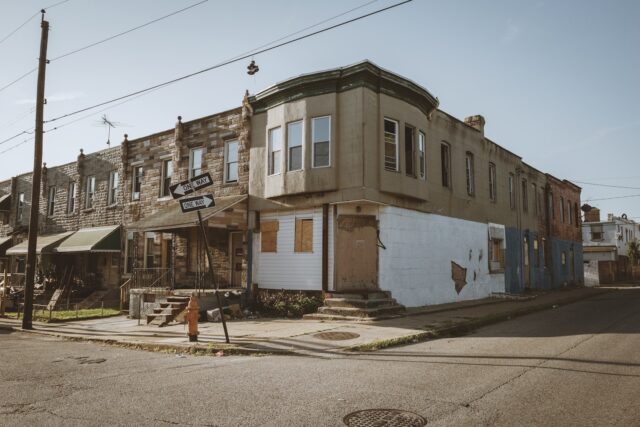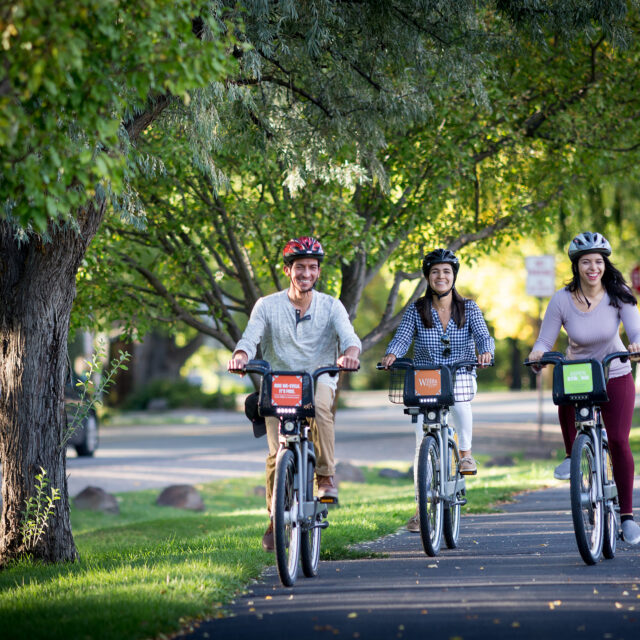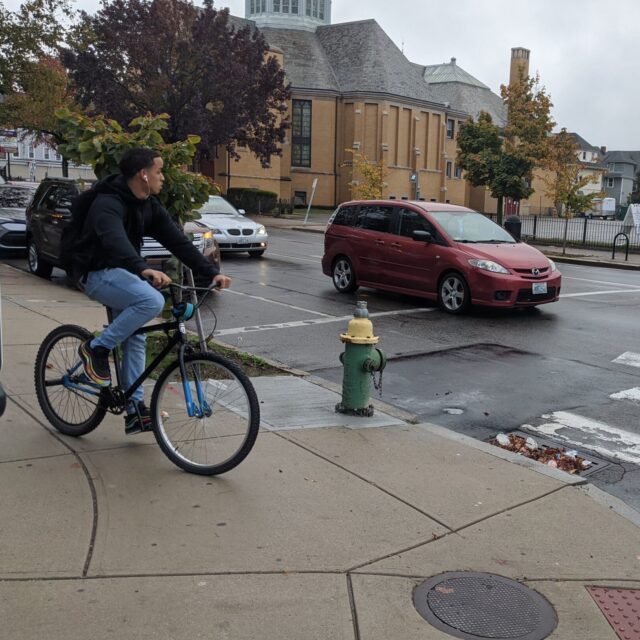What Do We Mean When We Say “Low-Income?”
by Kiran Herbert, Communications Manager
March 18, 2021
This term has become something of a catch-all phrase—in this article, we think critically about what we mean when we use it and consider how we might do better.

Photo by Baron Cole on Unsplash.
Recently, while conducting one of our Transportation Justice Fellowship interviews, an applicant asked a question that caught me off guard: “What do you mean when you say low-income?” Despite using the term in almost every BBSP article I write, I hadn’t given it much thought. The easy answer is to defer to the U.S. government:
The term “low-income individual” means an individual whose family’s taxable income for the preceding year did not exceed 150 percent of the poverty level amount.
In the U.S., that’s roughly $19,000 (it’s slightly higher in Hawaii and Alaska). But of course, low-income means different things in different places. Where I live, in Boulder, Colorado, to qualify for Boulder Affordable Housing, people have to make from $24,180 to $48,360 a year. When Governor Gavin Newsom recently announced a $600 state stimulus for low-income Californians, the threshold was set at $30,000.
When we use the term at BBSP, for the purpose of awarding grants or describing a neighborhood, it’s often as a catch-all for communities that have experienced historical-disinvestment, which more often than not, are home to primarily BIPOC individuals. While we are careful to distinguish between those who are marginalized economically and racially, we acknowledge that it’s easy—and dangerous—to conflate the two.
In terms of transportation options, low-income refers to a neighborhood where people are less likely to own a personal vehicle yet also have less access to things like transit and bike share (despite relying on transit more than their wealthier, white counterparts). Low-income neighborhoods are more likely to have been passed over for funding, such as sidewalk improvements and pedestrian crosswalks, and more likely to be cut-off by highways and susceptible to pollution.
Poor vs. Low-income vs. Lower-income
Most people don’t love being defined by how much money they make and the term low-income can carry negative connotations—the term “poor” is even worse. Lower-income, which is the broadest of the three, is the softest and feels the least permanent. As Richard Rothstein argues in “The Color of Law,” however, when defending his use of the term “ghetto,” sometimes we need to use the word that holds the most truth. True poverty exists in this country and occasionally we’ll use the term poor when it applies.
Still, many neighborhoods don’t want to be identified as poor or even low-income, so why do we do it? Unfortunately, I don’t have a great answer. We somehow need to group people together in a way that spans the gamut from extreme poverty to almost middle-class, that includes immigrants who operate in a cash economy and those living in public housing projects. Occasionally, we’re speaking to both folks on government assistance and someone making $40,000 a year in Seattle that can’t afford a bike share membership. When we’re speaking in broad terms, “low” or “lower-income” makes the most sense.
Low-Income as a Substitute for Race
Not all poor people are Black and not all Black people are poor. However, income is often used as a proxy for “majority people of color.” Although there are statistics that back this up—institutional racism and generational wealth are real, after all—this is something we try to avoid. If we mean majority Black neighborhoods (or majority Asian, Hispanic, Immigrant, etc.), we’re committed to saying that and using statistics to back it up. Majority white neighborhoods can also be poor or lower-income, and although they don’t also have to deal with the added burden of systemic racism, they’re still more likely to suffer from historical disinvestment.
Every Neighborhood Is Different
Not all lower-income neighborhoods are the same. That might seem obvious but it’s a point that often gets overlooked when we label differing communities by one defining feature. That’s why wherever we fund projects, we make sure our partner nonprofit, city or bike share system has a concrete plan for actually engaging communities in an authentic, tailored way. When we rely solely on routine data points, such as the average income in the neighborhood, we risk losing sight of the diversity every place offers, both in terms of the challenges facing it and its assets. Neighborhoods are alive and ever-changing—numbers don’t necessarily capture that.
Racially Concentrated Areas of Influence
The writer Michael Andersen recently suggested a different approach to the “low-income” predicament: Think about the areas that don’t require investment. He brought up the concept of Racially Concentrated Areas of Affluence or areas with median incomes twice the national median and a population that’s more than 80 percent non-Hispanic white. Like all things involving data that isn’t desegregated, there are issues that will inevitably arise here too. Still, sometimes it may be more helpful to flip the script and pathologize concentrated privilege for a change and we’re keen on doing this when possible.
In conclusion, generalization is hard! This article isn’t meant to be a be-all and end-all piece, but rather an invitation to critically reflect on the terminology we commonly use and generate conversation. What are we missing with regards to the term “low-income” and how can we do better? Are there things we haven’t considered? Shoot me an email at kiran@peopleforbikes.org.
The Better Bike Share Partnership is funded by The JPB Foundation as a collaborative between the City of Philadelphia, the National Association of City Transportation Officials (NACTO) and the PeopleForBikes Foundation to build equitable and replicable bike share systems. Follow us on Facebook, Twitter and Instagram or sign up for our weekly newsletter.



